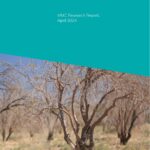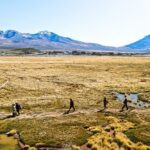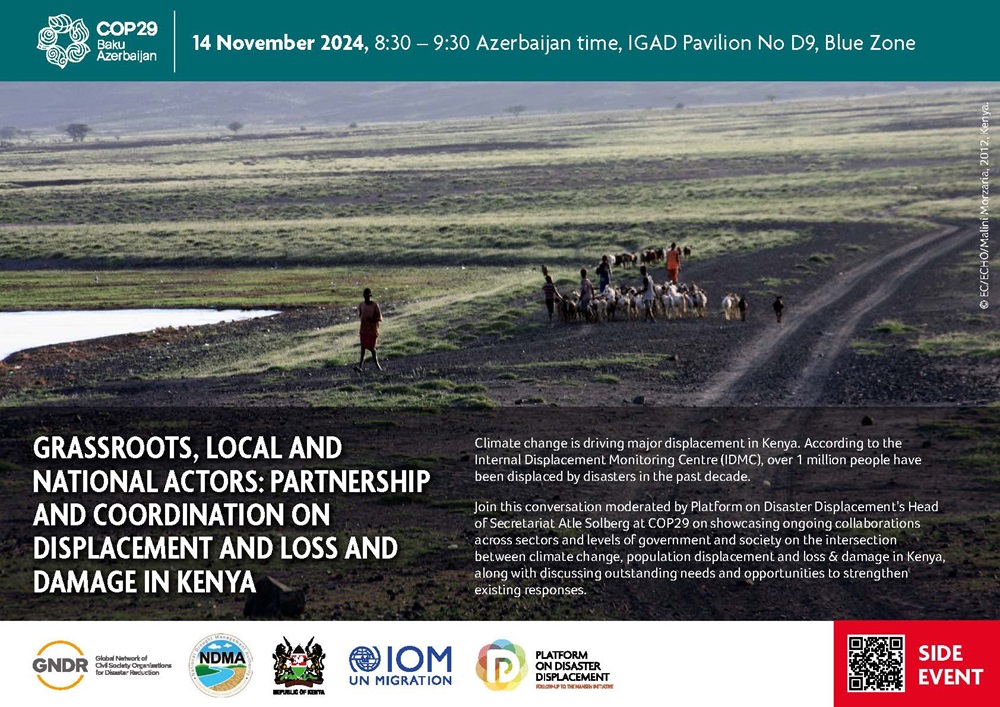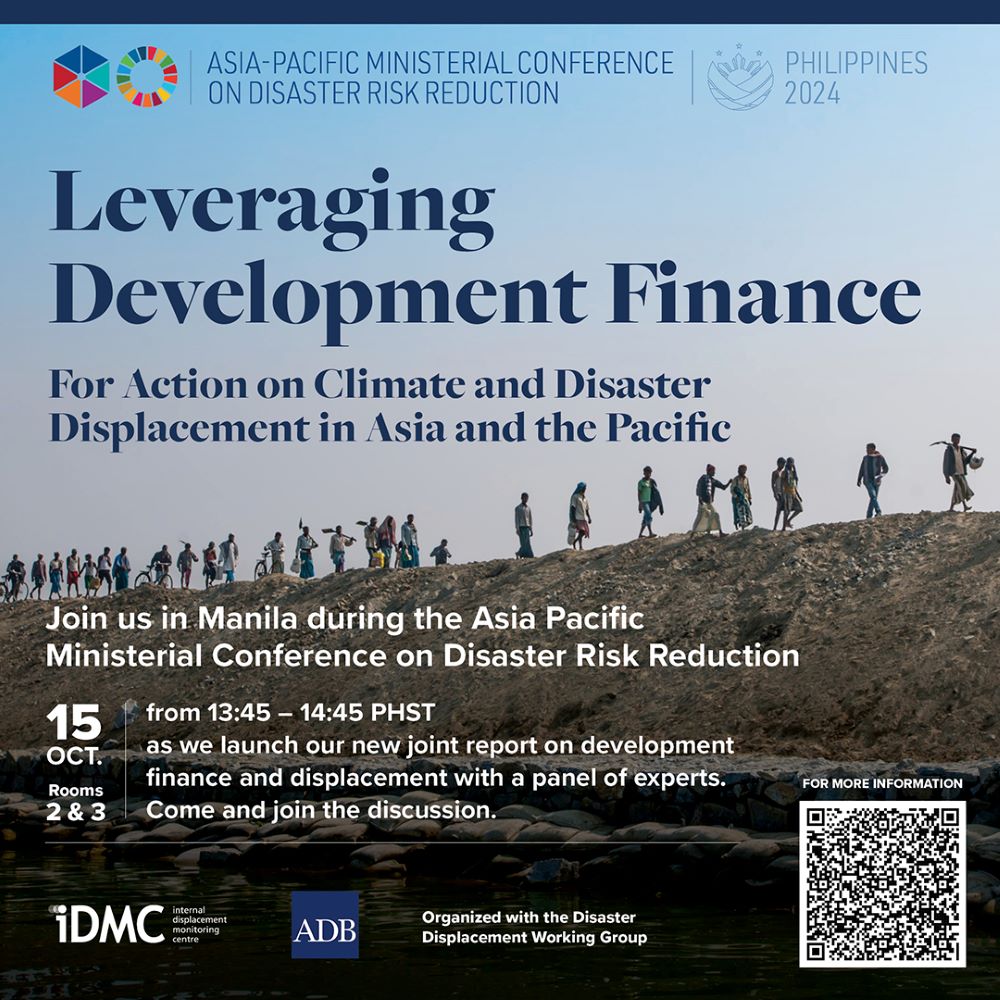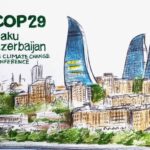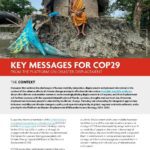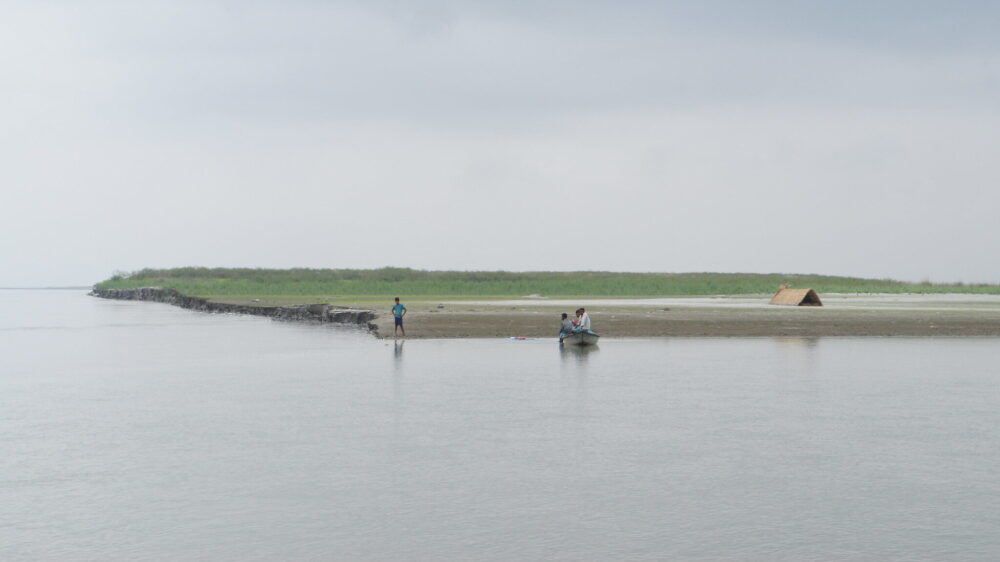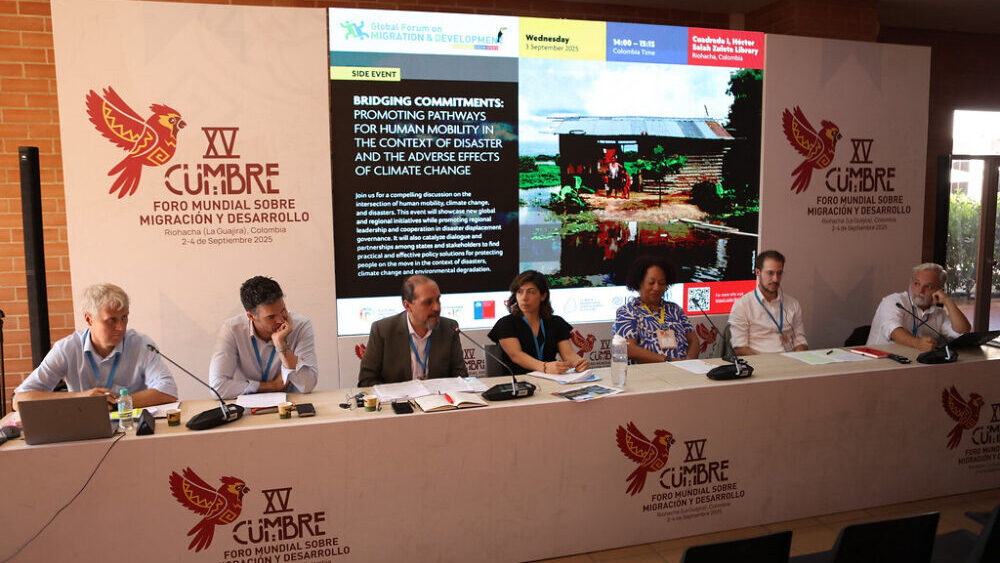Grassroots, Local and National Actors: Partnership and Coordination on Displacement and Loss and Damage in Kenya – Side Event at COP29
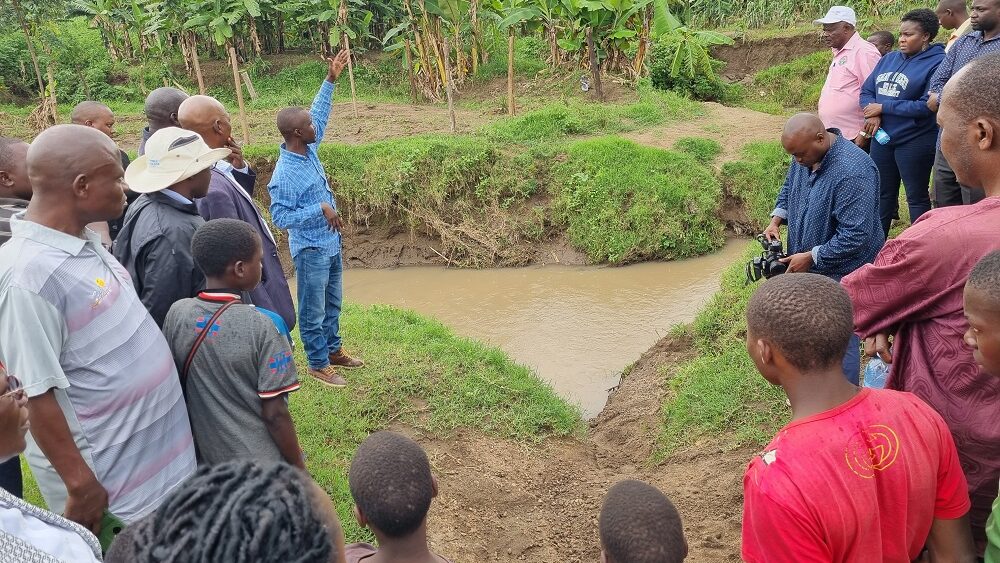
At the occasion of the 2024 United Nations Climate Change Conference (COP29), the Government of Kenya, the Platform on Disaster Displacement (PDD), the International Organization for Migration IOM, Kenya’s Council of Governors (CoG), Global Network of Civil Society Organizations for Disaster Reduction (GNDR) are pleased to invite you to our side event entitled “Grassroots, Local and National Actors: Partnership and Coordination on Displacement and Loss and Damage in Kenya” that will take place on 14 November 2024 from 8:30 – 9:30 at IGAD Pavilion No D9, Blue Zone, Baku Stadium, Baku, Azerbaijan.
Background
Climate change threatens Kenya’s communities and society by driving and compounding a broad array of natural and man-made hazards. The impacts of the climate crisis have been on full display over the last years, as no area of Kenya has remained unaffected by the impacts of long-lasting droughts, and destructive storms, rains and floods. Weather and climate-related disasters have taken a heavy toll on the country’s economy – which, while the largest in East Africa, remains largely dependent on climate-vulnerable sectors such as livestock rearing, rain-fed agriculture and tourism. Inter-annual variability and weather extremes have led to significant damages to productive assets.
All these sudden and slow onset hazards, and their environmental and socio-economic cascading impacts, including land degradation, food and water scarcity, poverty, and tensions over resources, have significant human mobility impacts. According to IDMC data, Kenya has witnessed over 1 million disaster displacements in this decade alone, as people in different areas of the country have been forced to move to find safety from harm or cope with scarcity and insecurity. This displacement often contributes to rapid urbanization, which is leading to the unplanned expansion of informal settlements and the concentration of a variety of risks to people’s well-being and security. In particular, climate change is contributing to shifting mobility and livelihood patterns of pastoralist communities, threatening traditional cultural and social systems and leading to pressures over natural resources, in particular water and pastures, and often tensions/conflicts over their control.
The ongoing impacts of climate change will increasingly result in more frequent and intense slow-onset and rapid-onset hazards, and in associated population movements. The extent of loss and damage people and communities will suffer is directly related to the risk reduction and preparedness resources countries will be able to invest in the coming years, including to be better able to avert, minimise and address displacement and its negative economic and non-economic impacts. The multi-sited, cross-sectoral challenges that displacement poses to communities and institutions, mean that effective responses need to be built on solid coordination, partnership and effective governance. This requires working together at all levels, linking grassroot action with global policy, involving diverse local administrations, and engaging actors mandated for the planning and provision of different forms of services, assistance, and protection.
Over the last years, Kenya’s approach to disaster displacement has rapidly evolved, with growing engagement of governmental, civil society, and international actors getting involved in different facets of relevant responses. This session will provide a space for a wide range of Kenyan governmental and non-governmental actors, including representatives of frontline communities and humanitarian responders, to share their perspectives on ongoing work, and flesh out how relevant coordination mechanisms can be further strengthened in the future. These discussions represent a stepping stone in the country’s efforts towards building multi-stakeholder and cross-constituency collaborations on loss and damage and human mobility, and will indicate a way forward towards the operationalization of global policy commitments and priorities on loss and damage.
Objectives
- Provide a space to showcase ongoing collaborations across sectors and levels of government and society on the intersection between climate change, population displacement and loss & damage in Kenya.
- Identify recommendations and lessons learned from past coordination and partnership efforts on this topic.
- Discuss outstanding needs, as well as opportunities to strengthen existing responses through improved engagement of different stakeholders.
Expected Outcome
- Anchor Kenya’s experiences addressing issues related with displacement in the context of the adverse effects of climate change within the Loss and Damage architecture, including identifying forms of technical assistance that are relevant to the operationalization of the Santiago Network, and financial needs that can be addressed through the Fund for Responding to Loss and Damage and other funding arrangements.
Proposed speakers
- H.E. FCPA Ahmed Abdullahi, EGH, Chair of the Council of Governors and the Governor of Wajir County
- Douglas Roy, National Focal Point, Kenya, Global Network of Civil Society Organisations for Disaster Reduction
- Mariam Traore Chazalnoel, Chief Climate Action Division, International Organization for Migration
The event is also supported by: Government of the Republic of Kenya, National Disaster Management Unit and National Drought Management Authority, Kenya’s Council of Governors (CoG), Global Network of Civil Society Organizations for Disaster Reduction (GNDR), International Organization for Migration (IOM), the Platform on Disaster Displacement (PDD).
The language of event will be English.
Cover photo: PDD

